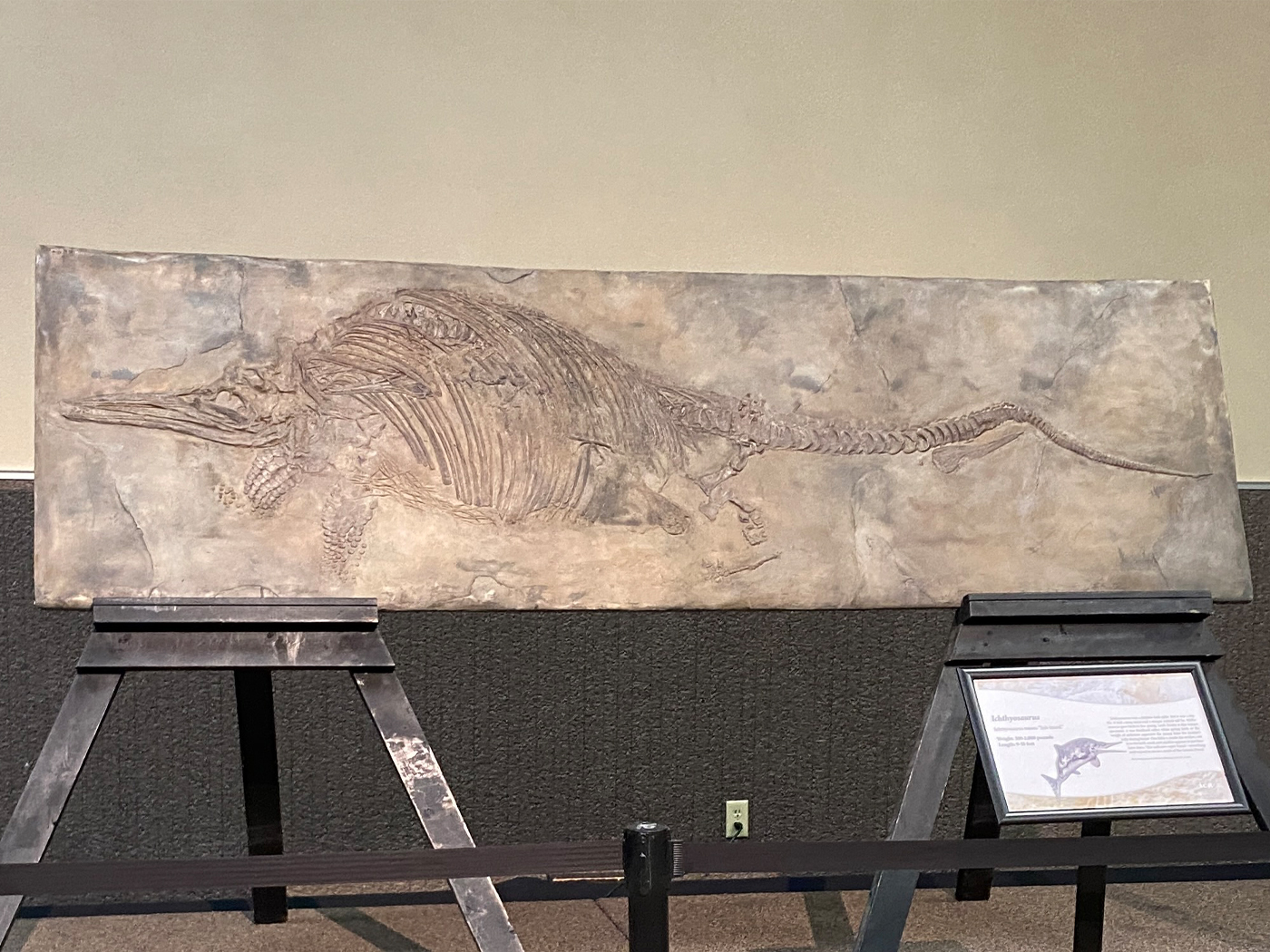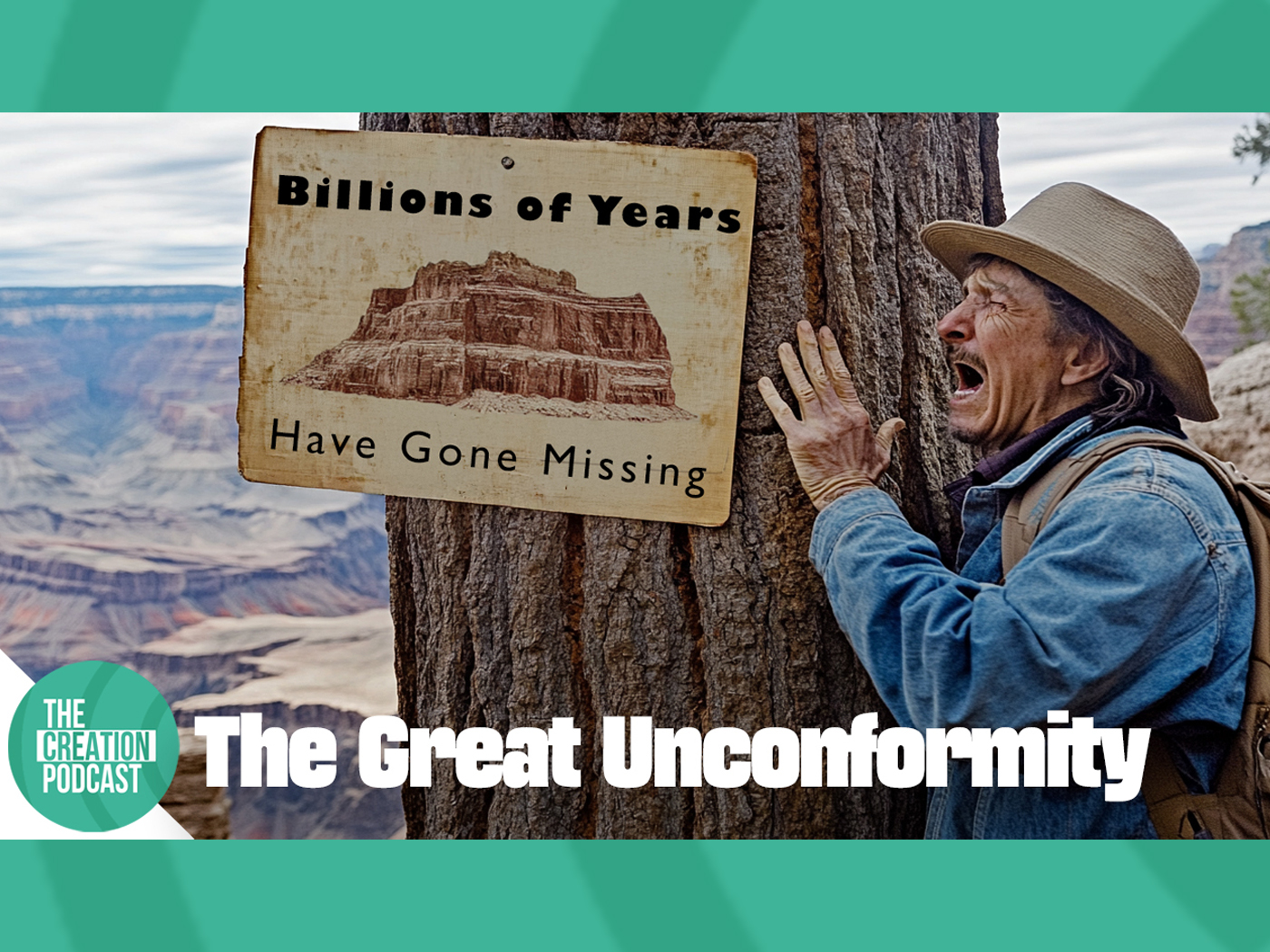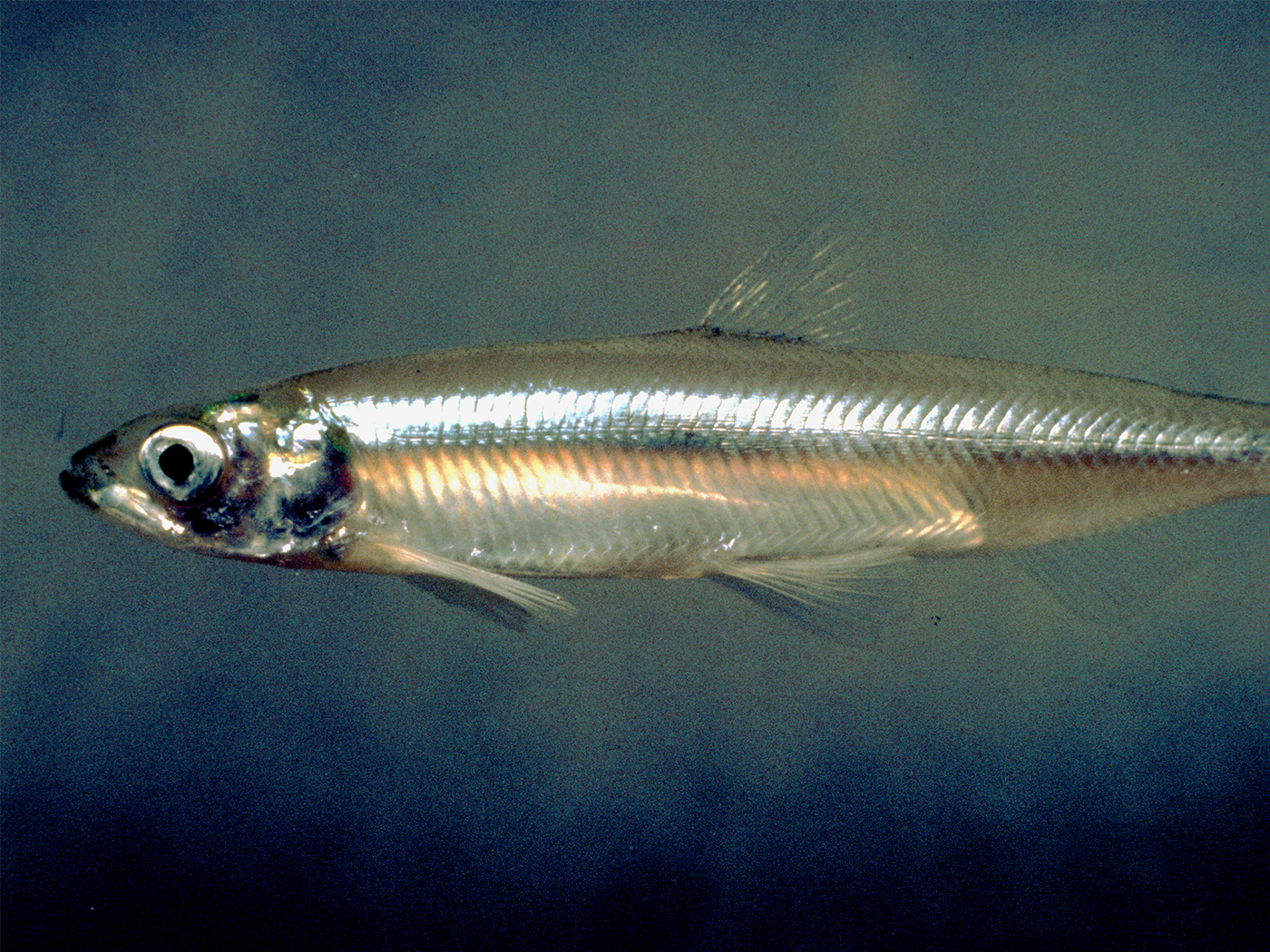A recent TV show has proposed the possibility that dinosaurs may walk the earth again someday as a result of man’s ingenuity.
Dinosaurs: Return to Life, which aired on the Discovery Channel,1 included commentary from renowned dinosaur paleontologist Jack Horner and an assortment of molecular biologists who are studying bird development. Combined with the recent release of Horner’s book How to Build a Dinosaur, an interest has been sparked in the possible development of some type of “Jurassic Park” scenario in which a dinosaur-like creature could be developed using the genome of a bird.2
The prospect that dinosaurs could be “reverse-engineered” from birds is based on the evolutionary model, which proposes that a dinosaur ancestor gave rise to the lineage of modern birds. Horner’s comments on the TV show and in his book go so far as to say that key genes in the bird genome could be “tweaked” so that they are expressed in such a way as to create a bird with anatomical traits that are similar to a dinosaur’s. This concept is heavily undergirded by the evolutionary belief that the bird genome is just a slightly more modern version of a dinosaur genome.
Based on these ideas, Horner believes that scientists could reverse-engineer some of the genes in a bird genome, like that of a chicken or emu, to produce a dinosaur-like creature. However, the genome is so immensely complex in its function and regulation that the manipulation of major, coordinated, non-harmful genetic changes would be a daunting, if not impossible, task.
One must also remember that while only 3 to 5 percent of a genome may code for protein, it has recently been revealed that about 93 percent is transcriptionally active (functional) in humans and plays a major role in regulation. Thus, manufacturing a bird with dinosaur characteristics would not only require placement of the correct genes into specific locations in a bird’s genome, but would also require the placement of specific regulatory sequences. And all this would have to be integrated into the existing bird’s cellular machinery, which would be especially difficult considering the following:
If dinosaurs and birds evolved from reptiles some 270 million years ago, then we should expect to see a great similarity between the DNA of birds and reptiles. But we don’t. In fact, when we come to look we find that the DNA of birds is closest to that of mammals—in other words, the other warm-blooded group. Therefore, birds are much more closely related to other warm-blooded animals than they are to reptiles.3
To further indicate how complicated this task would be, genes that are involved early in the development of an embryo are later recycled and used in various tissues for other day-to-day functions in the mature organism, and these functions may vary depending on the tissue. If the function of genes were somehow changed early in development, this might disrupt normal gene function later in the mature organism.
The creation model holds that each created kind was made as a stand-alone, distinct type of creature. Although these created kinds were engineered with a certain amount of inherent genetic variation, they have no evolutionary genetic relationships with other distinctly created kinds. The creation model therefore predicts that the conversion of a chicken back to a dinosaur-like creature will be orders of magnitude more difficult than what is predicted by the evolutionary model.
In fact, if the various types of dinosaurs and birds were created as distinct kinds, then “tweaking” bird genes will only result in mutant birds.
References
- Dinosaurs: Return to Life. TV Highlights. Posted on discoverychannel.co.uk.
- Horner, J. and J. Gorman. 2009. How to Build a Dinosaur: Extinction Doesn’t Have to Be Forever. New York: Dutton.
- Gardner, B. Jurassica - Dinosaurs found under and in the air. Discovery Channel Broadcast, November 8, 2000. Quoted in Sodera, V. 2006. One Small Speck to Man: The Evolution Myth. Sussex, UK: Vija Sodera Productions, 277.
* Dr. Tomkins is Research Associate and Mr. Thomas is Science Writer at the Institute for Creation Research.
Article posted on May 19, 2009.













